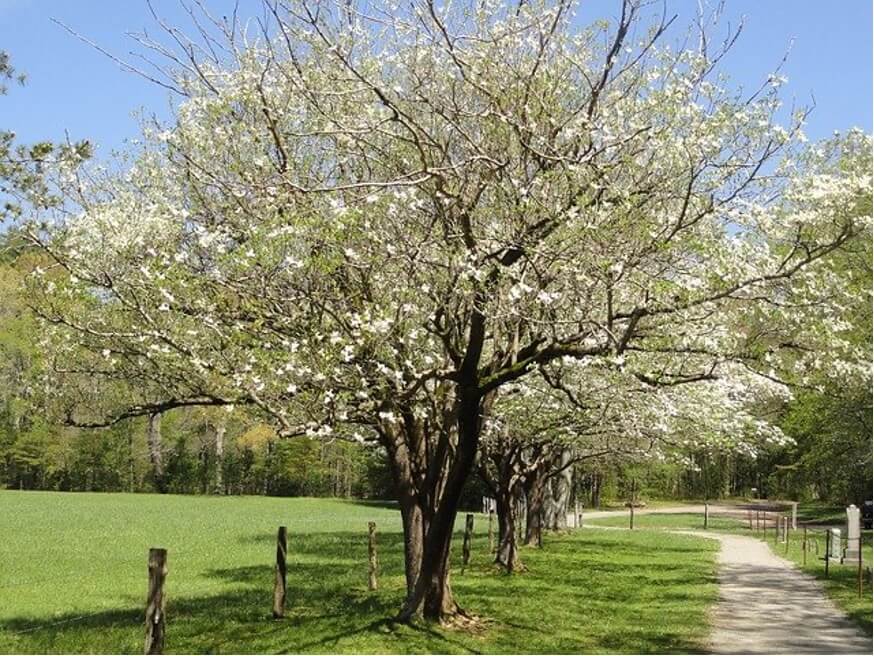Septic-Safe Guide to Planting Trees
There’s nothing quite like the perfect landscape to give your property that picturesque quality. Attractive landscaping with different trees and plant life boosts the property value – while absorbing C02 and providing shade – though it requires careful planning so that homeowners do not compromise the integrity of their septic system. A septic tank malfunction at your home is costly and unpleasant, but avoidable by selecting the right landscaping options in advance.
When homeowners begin planting trees and shrubs on their property, it’s important to consider septic-safe vegetation options and design placement to prevent risks to the septic system. In this post, we’ll go over the best tree varieties along with those to avoid to protect your septic system and enhance the appearance of the landscape.
Why Tree Selection Matters
The root systems of certain tree species are more invasive than others (larger tree species have larger root systems) and can puncture, clog, and destroy the pipes around the tank if they’re too close to the septic field, which is expensive to repair. Tree roots gravitate toward any nearby water sources by nature’s design and will make their way to the wet soil (which contains nutrients and oxygen) around the septic tank and drain field area. Proper landscape planning can save you the headache of dealing with a backed-up tank and drain field.
In general, it’s in your best interest to plant trees and shrubs away from the septic system. That doesn’t mean that you can’t place any trees or plants by the area, but there are specific types to avoid and some that are septic-safe. In fact, planting septic-friendly vegetation by the system provides necessary soil coverage to prevent erosion and damage to the septic drain field. Trees with less invasive shallow root systems and vertical root growth are better options for planting near the septic field.
So, what trees and shrubs are septic-safe?
Hemlock
- White oak
- White pine
- Dogwood
- Lady’s palm
- American holly
- Ornamental cherry varieties
- Pygmy date palm
- Eastern redbud
- Crabapple
- Dwarf tree varieties
- Boxwood shrubs
- Azalea shrubs
- Grasses and perennials
If you plan to plant anything by the septic system area, there are some important things to keep in mind, such as placement, wearing gloves, exposure to bacterial contaminants from the drain field, and overwatering. It’s best to steer clear of large and fast-growing species, as well as any fruit or vegetable plants (they will be inedible). Also, do not overwater the trees or plants in this area, as it will overwhelm the drain field. The appropriate distance ratio between the septic system and trees is around 20-50 feet, depending on the tree variety and root growth range (smaller trees and shrub placement can be around 20 feet away). The Clemson University Cooperative Extension notes that industry experts recommend that the distance between the septic field and trees should be equal to the full height of the tree when it reaches maturity, meaning that a 50-foot
